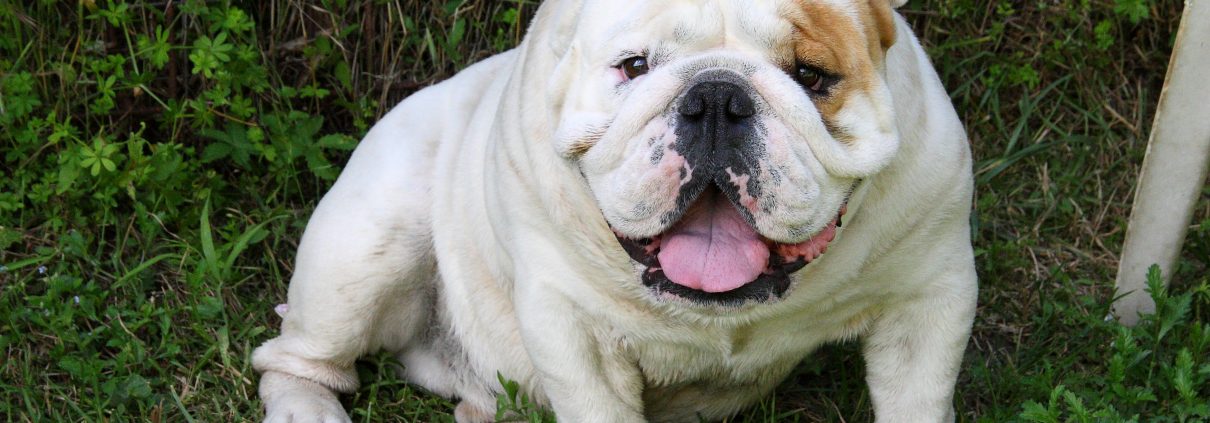
Why can a bulldog’s tail cause problems?
Bulldogs often face issues with ingrown tails, which can be painful.
The bulldog’s tail is very short and often has a characteristic curl, causing the tail stub to sit tightly against the skin. This curled tail can create a fold that is difficult to clean and can be a significant source of discomfort.
The vertebrae in the tail are often fused, meaning the tail cannot wag properly.
As a bulldog owner, it is essential to regularly inspect the tail area to ensure there is no inflammation under the tail stub. This area is particularly vulnerable because the skin lacks ventilation, creating an ideal environment for bacteria and fungi. An English bulldog often cannot reach its own tail, so irritation may be noticeable when the dog tries to rub its rear on surfaces like a rug.
When Should a Tail Be Removed?
Bulldogs can experience recurring skin infections in and around the tail area. If daily skin care and medical treatment are insufficient, and the dog is in pain or discomfort, surgery to remove the tail may be necessary.
The tail’s position may prevent the dog from moving it properly during bowel movements, leading to frequent cleaning to remove feces. This is uncomfortable for the dog, as feces irritate the skin, making it sore, and it can be burdensome for the owner to clean the dog’s rear multiple times daily. In such cases, tail removal might also be the best solution.

Tail that need to be removed
How is the surgery performed?
Before surgery, an X-ray of the rear area is taken to assess the placement of the tail vertebrae.
The dog is anesthetized, taking into account the breathing difficulties often seen in flat-faced breeds. The tail area is prepped for surgery.

X-ray of a tail before surgery

X-ray of a tail before surgery

Getting ready for surgery
An oval incision is made around the base of the tail. Based on the X-rays, the structure of the tail vertebrae is evaluated to decide where the cut should be made. In most cases, it is not possible to preserve any part of the tail.
The skin is sutured, and a new X-ray is taken post-surgery to confirm the tail’s removal.
What happens after the surgery?
The dog is treated with pain medication. After surgery, the dog must rest for 10 days, after which the stitches are removed by the veterinarian. Sometimes, a drain is placed during surgery, which is removed three days later.

Drain in the skin after surgery
The dog must not lick the wound. However, this is often not an issue, as many bulldogs cannot reach their rear. If the dog previously experienced discomfort due to its tail, it will feel significantly better after the removal. Once the fur grows back, the absence of a tail is hardly noticeable.
Can a dog function without it’s tail?
Most dog breeds use their tails as a “balance tool” and for communication with other dogs and humans. However, the bulldog does not use its tail in the same way due to its compact and immobile nature. Bulldogs can live perfectly well without their tails.
Many bulldogs “wag” their entire rear end instead of just their tails.
At Artemis, experienced veterinarian Louise Frost performs tail removal surgeries. With many years of surgical expertise, she has successfully removed tails for numerous bulldogs, significantly improving their quality of life.

10 days after surgery
